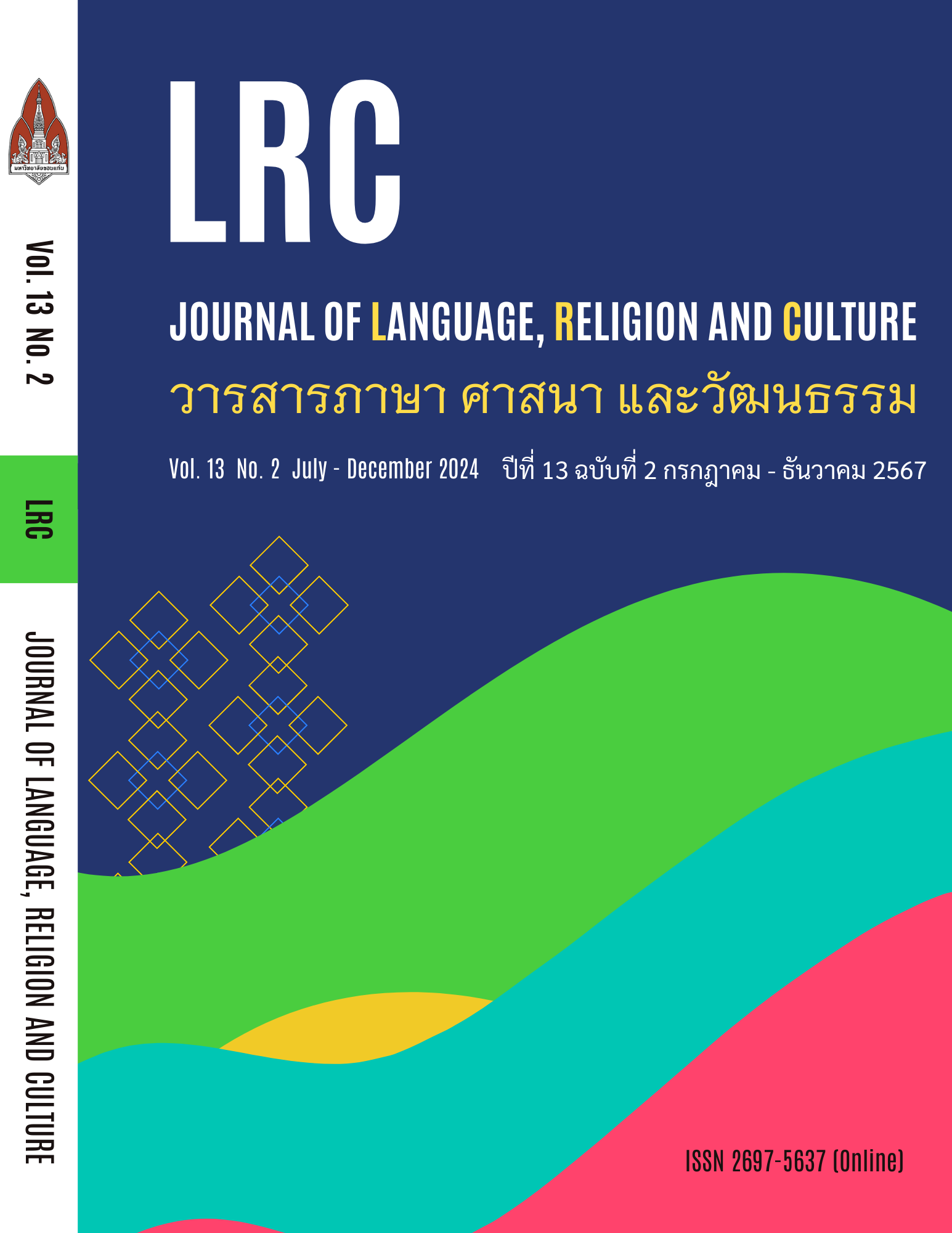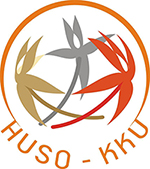Components and Structures of Thai Food Naming and Cultural Identity of Thai-Chinese Hakka People in Betong District, Yala Province
องค์ประกอบและโครงสร้างการตั้งชื่ออาหารภาษาไทยและอัตลักษณ์ทางวัฒนธรรมด้านอาหารของคนไทยเชื้อสายจีนฮากกา อำเภอเบตง จังหวัดยะลา
Keywords:
Cultural identity, Betong Hakka, Hakka foodAbstract
This research aimed 1) to study components and structures of Thai food naming for Hakka Chinese food in Thai among Thais of Hakka Chinese descent in Betong District, Yala Province, and 2) to synthesize the cultural identity of food of Thai-Hakka descent in Betong District, Yala Province. The qualitative research method was used in this study in analyzing data in terms of content analysis used in focus group discussions and in-depth interviews.This research was conducted in the main study area of 2 villages, namely Village No. 1, Ban Jaropatai, and Village No. 2, Ban Nam Ron in Tanoh Maeroh Subdistrict, Betong District, Yala Province. The data was collected from the main population of 20 people selected from two main sample groups: 1) a group of representatives of network partners, and 2) a group of representatives of Thai Chinese Hakka people.
References
Chonakorn Angsuwiriya. (2557). “Analysis of the Structure of Local Southern Thai Food
Names in Hat Yai District, Songkhla Province.” Journal of Arts, Prince of Songkla
University, 7(1), 17 – 30. [in Thai]
Danhi. (2003). What is your country’s culinary identity? Culinology Currents, Winter 2003, 4-5.
Harrington, R. J. (2005). Defining gastronomic identity: The impact of environment and culture
on prevailing components, texture and flavors in wine and food. Journal of Culinary
Science & Technology, 4(2/3), 129-152.
Huang, Y.X (2014). The Hakka People in Betong and the Development of Rubber Plantation in Thailand. Taiwan : National Central University. 96-105
Kanin Saengsuwan. (2564). “Naming Vietnamese Food in Thailand [Unpublished Bachelor’s
Thesis].” Silpakorn University. [in Thai]
Ma Guitong. (2021). The Development of the Hakka Chinese Network in the Southern Region
of Thailand. Rusamilae Journal, 42(2), 6-36. [in Thai]
Nursita Persala, Niwat Sawatkaew and Weerasak Persala. (2015). Betong: The Path to
Strength. Journal of the King Prajadhipok's Institute, 13(2), 41-61. [in Thai]
Office of Statistical. Yala Province. (2020). Population from Registration, Rate of Change and
Population Density by District, 2016 - 2020. Retrieved January 11, 2024 from
https://yala.nso.go.th/images/report/social/1/1.pdf[in Thai]
Office of Industrial Economics, Yala Province. (2021). The Operational Plan for Industrial
Development in Yala Province for the Year 2021. Retrieved November 15, 2023 from
https://yala.industry.go.th/th/cms-of-88 [in Thai]
Operations Coordination Center 5, Internal Security Operations Command. (2021). OTOP
Tourism Village and the Hakka Betong Way of Life. Retrieved June 16, 2023, from
https://isoc5.net/articles/view/314 [in Thai]
Suriya Wanlapaphirom (2010). The Identity of Thai-Chinese People in Betong District. Master
of Public Administration Thesis. Chonburi: Burapha University. [in Thai]
Worasak Mahatthanobol. (2012). “Hakka” Means “Chinese Teochew”. 4th edition. Bangkok:
Department of International Relations, Faculty of Political Science, Chulalongkorn
University. Pages 66, 141-144. [in Thai]
Downloads
Published
How to Cite
Issue
Section
License
Copyright (c) 2024 JOURNAL OF LANGUAGE, RELIGION AND CULTURE

This work is licensed under a Creative Commons Attribution-NonCommercial-NoDerivatives 4.0 International License.







